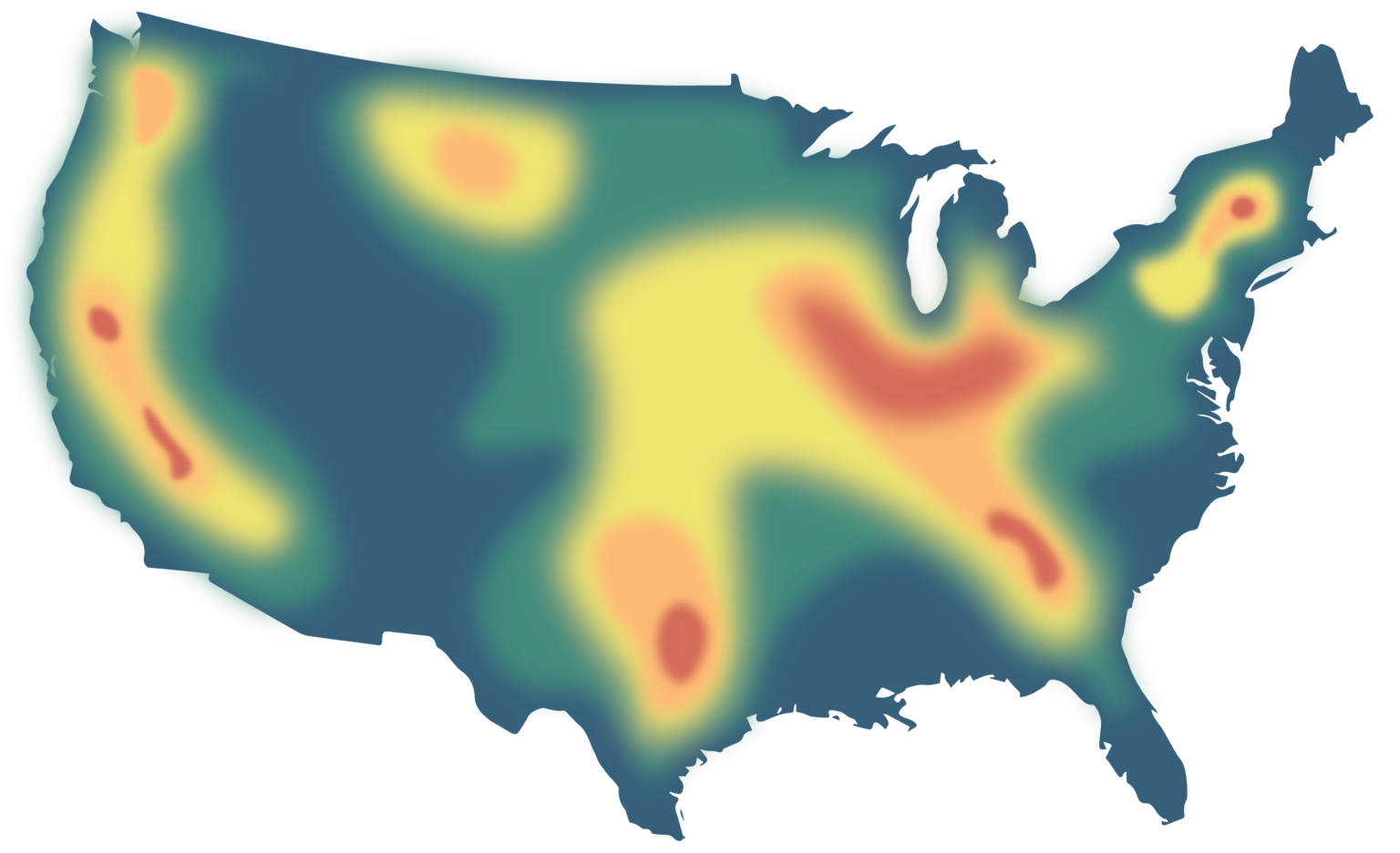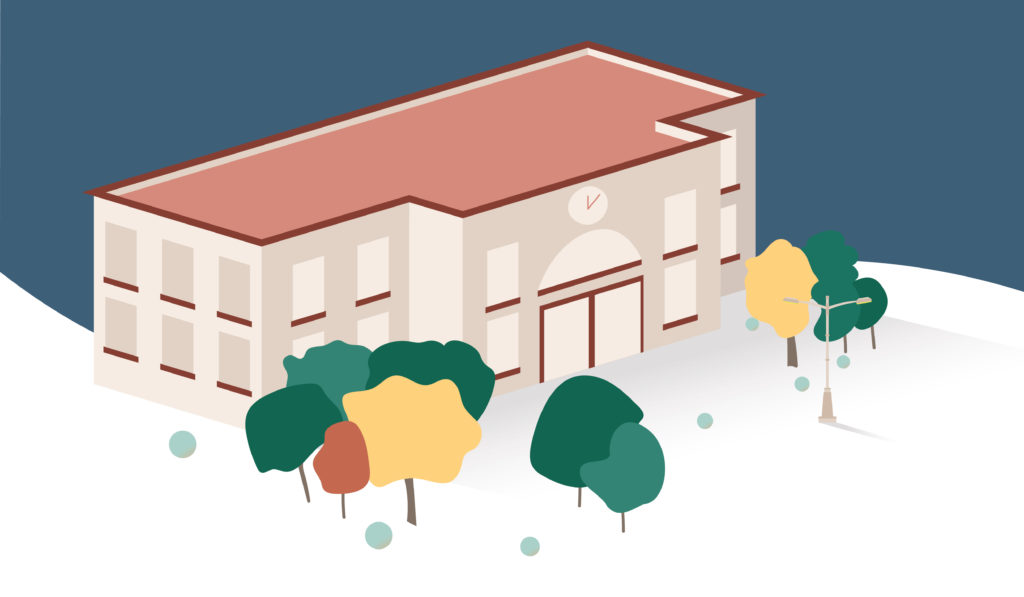Closing the loop on the linear economy
What if we lived in a world of circularity that transformed our myriad of stuff into valuable resources through reuse? At Rheaply, we believe there is a fourth principle that truly puts us on the path to a circular economy—connecting our global value chain.
Circularity is for every business
Today, assets often lack visibility and reuse potential, stuck in a take-make-waste cycle. This cycle generates overwhelming amounts of stuff that often sits idle in our closets, storage units, and landfills. From offices to factories, reuse offers a powerful way to reduce waste, cut costs, and drive environmental impact.
Efficiency
Streamline procurement, purchasing, and operations by keeping resources in use.
Sustainability
Reduce consumption of finite resources to make a real impact on carbon emissions, pollution, and climate change.
Equity
Support the economic mobility of marginalized communities to empower systems to change.
3,621
Assets digitized
$97,685
Value recaptured
$193,070
Cost savings
20,700 lbs
Waste diverted

How healthcare heroes saved Allina Health $193,000 through reuse
In their journey towards sustainability and cost efficiency, Allina Health has been using Rheaply to find major success in cost savings and landfill avoidance.
What is the circular economy?
The circular economy is a resilient system that benefits businesses, people, and the environment by keeping products and materials in use instead of throwing them away. Ultimately, we believe that it’s a transformation of our global systems based on four main principles:
- Designing out waste and pollution
- Keeping products and materials in use
- Regenerating natural systems
- Connecting our global value chain
Explore the players in our connected circular economy
To create a thriving circular economy, we need an entire ecosystem to make it work. Everyone—no matter their industry or role—has a place in the circular economy and the Rheaply network.
Empower your organization’s circular journey with Rheaply
Many large companies have already started transitioning to circular systems, but introducing your organization to the circular economy can feel daunting. We help organizations like yours think differently about resources to understand the environmental footprint of unused items and identify the value of existing assets, starting with our resource management platform.
Keep valuable assets in use
Gain visibility into your existing resources to ensure that your organization has the resources and materials it needs.
Reduce costs and waste
Locate, track, and manage assets across locations by enhancing transparency and traceability to reduce over-procurement.
Reach your sustainability goals
Develop goals using standardized data across business units to activate reuse and achieve long-term success.
An estimated 70% of carbon emissions can be abated by transitioning to a circular economy.
Join the largest circular marketplace in North America
With the backing of dedicated regional sponsors and ecosystem partners across the private and public sector, Rheaply operates the largest and fastest-growing reuse marketplace for workplace professionals. Join thousands of organizations saving time and money while keeping items away from the landfill.



